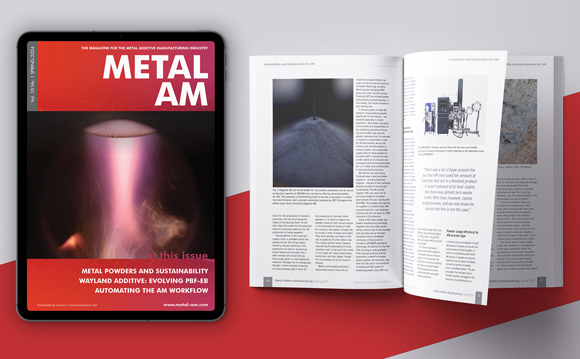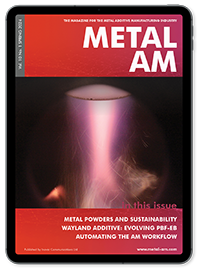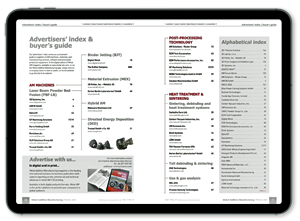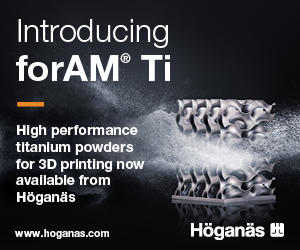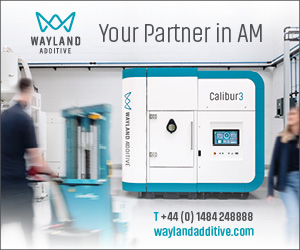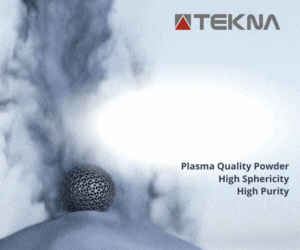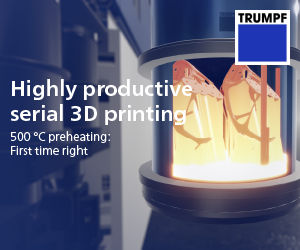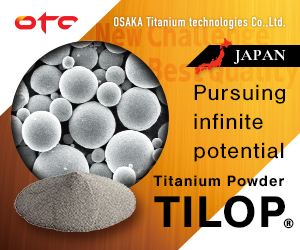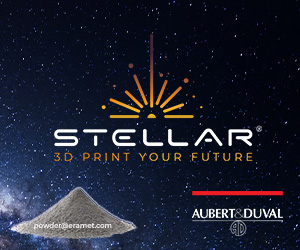Wolfmet sees potential of additively manufactured tungsten in medical imaging devices
June 5, 2019
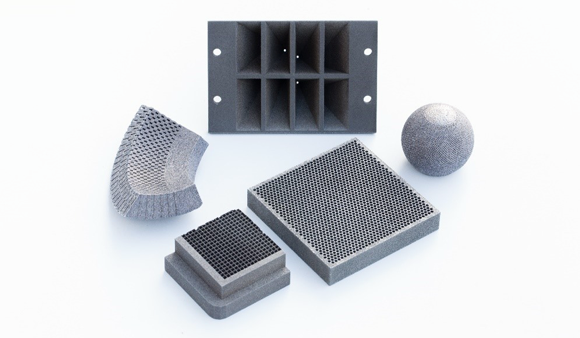
Additively manufactured tungsten prototypes produced by Wolfmet (Courtesy Wolfmet)
A group of researchers at tungsten specialist Wolfmet, Manchester, UK, have developed a method to additively manufacture complex tungsten components for high-precision applications such as collimators and radiation shields in CT, SPECT, MR and X-ray imaging systems.
Because tungsten has a density around 1.7 x that of lead, as well as the highest boiling and melting point of any element found on Earth, giving it excellent radiation absorption properties, it is ideal for the production of components for X-ray imaging systems – however, these same properties also make it very difficult to work with.
Wolfmet states that by producing tungsten components using Laser Powder Bed Fusion (L-PBF) Additive Manufacturing, it is possible to produce complex parts in days and weeks rather than months, enabling the development of new parts which could dramatically improve imaging technology.
This technology is now being used to produce parts for use in Dosimetry, the measure of radiation during cancer treatment. In molecular radiotherapy treatment of thyroid cancer, it has traditionally not been possible to accurately measure the radiation absorbed by patients during the procedure. As a consequence, only limited information regarding the success of radiotherapy treatment has been available.
For the last six years, teams from the University of Liverpool’s Department of Physics, and The Royal Marsden and Royal Liverpool University Hospitals have been working with Wolfmet to develop and assess an imaging system (known as DEPICT) to better measure the radiation dose; their aim is to provide a more accurate, personalised treatment of thyroid cancer.
Central to the imaging system’s scanner is a collimator. This is a device which aligns the beams of radiation emitted from the patient so that they are directed onto a detector. The radioactive iodine is ingested by the patient in liquid or capsule form, and gamma rays are then emitted in all directions through the patient; yet only the rays which are aligned with the collimator’s holes will make it through to the detector. The data received can then be viewed as an image on a computer screen.
Previously, lead was the preferred material for collimators. However, tungsten is more efficient at screening unwanted gamma beams. Additive Manufacturing now allows the production of collimators in tungsten, resulting in much clearer images of the radiation dose received by the patient.
The implications could be significant; the ability to individualise treatments is expected to reduce healthcare costs by providing speedier and more efficient treatments. Importantly, it is hoped that this development will increase the success rates of cancer treatment, leading to improved quality of life and health for patients.
The same principles could mean huge advances in sectors outside healthcare. For example, airport and cargo scanners used to examine the contents of transport containers could be upgraded in the same way. These scanners often have tungsten grids which screen out stray X-ray beams to give a more accurate image; these grids are built up manually from many individual tungsten sheets, which could be replaced with additively manufactured alternatives.
Further, the geometric detail which can be incorporated into the tungsten, could now mean that increasingly complex components can be produced. In future, this could make it possible to manufacture handheld, lightweight medical scanners which can be used to examine individual organs and produce accurate imagery.
For more information contact Steve Jeffery, Business Development Manager, Wolfmet, [email protected].



